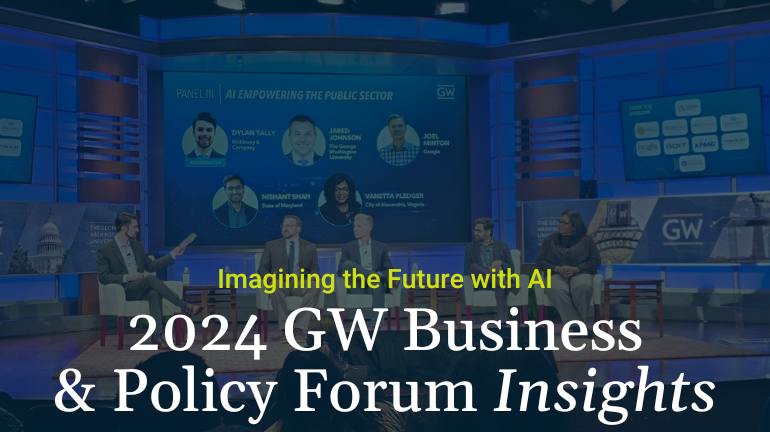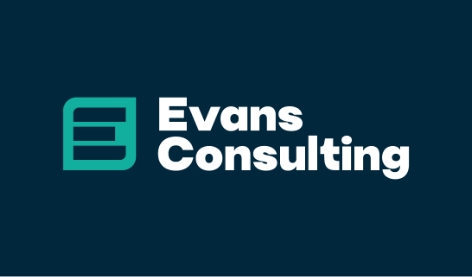Why a ‘People First’ Change Management Approach Accelerates Intelligent Automation Results

Within any business, in any industry, change is inevitable. With the COVID-19 pandemic expediting the growth of Artificial Intelligence (AI) and other automation technologies, the global workforce is starting to see a nearly continuous ripple of change throughout numerous industries.
Whether in healthcare, marketing, finance or a plethora of other industry sectors, the implementation of Intelligent Automation (IA) has grown exponentially in recent years, and it doesn’t seem to be slowing down. In fact, in the summer of 2021, research firm MarketsandMarkets reported that the global IA market is estimated to grow from $10 billion in 2020 to more than $16 billion in 2025. In another report by Market Research Future, it is forecasted that the market will reach about $29.38 billion by the end of 2030.
In short, automation technologies are only growing in prevalence, and if you haven’t already encountered a recent IA-related change in your organization, it’s likely to happen eventually.
What is Intelligent Automation?
Simply put, IA is the use of AI and machine learning to increase the operational efficiency of different business processes that involve decision-making. It can be used to help with the paperwork and task delegation involved in the onboarding and offboarding of employees, for inventory control, predictive analytics, forecasting and other routine duties that require a significant amount of time, effort and/or resources.
But, just as any big professional change affects employees and can cause resistance, so can the implementation of a new IA system.
Most people don’t love change – especially when they fear that change involves the possibility of a robot commandeering jobs they’ve handled for years. While IA is often applied for duties that would be otherwise conducted by humans, it can also be used to bolster employees by freeing up more time for them to spend on more strategic or revenue-generating tasks.
When presenting stakeholders with an IA change in their organization, it’s important to remember that such a change will affect everyone in different ways, and its implementation should include employee stakeholder feedback.
Using change management methodologies and a ‘people first’ approach, an IA-related change in your organization can be met with improved adoption and accelerated progress toward business goals.
What is Organizational Change Management and how can it be applied to IA-related change?
At its core, organizational change management (OCM) is made up of the tools, processes and techniques that drive the human side of change to achieve a desired outcome within a company. Whether an organization is implementing a new payroll method, an updated IT system or even a completely new way of doing things – the role of a change manager is to identify the change, determine who is being affected and how, and to work to make the impact of the change as favorable as possible across the board.
Here’s an example: Let’s say a sales and marketing firm decides to install a new CRM intelligent automation system, which will eliminate several manual tasks sales teams were used to doing daily, such as data entry.
Naturally, existing employees will have some questions, and potentially some concerns. They might have questions like: Will this affect my daily routine? Does this change my responsibilities? How can I trust the system won’t fail?
Each of these questions can be answered by a change manager. And everyone involved in the transition essentially wants to know the same thing: “What’s in it for me?”
These same basic principles of change management can be applied to any industry shift, whether related to IA or not. However, by understanding the unique challenges of IA implementation and anticipating the possible outcomes of each, it’s possible for a company to collectively adapt to changes and embrace the shift for a better, more efficient work environment with higher productivity. An effective change manager can work with organizations to eventually cooperate with IA and maximize ROI for their business. But it takes compassion and a human-centered approach to achieve these results.
A ‘People First’ approach for better results
Approaching an IA change from solely a technology standpoint is unwise, and according to the Global IA Report by the Shared Services and Outsourcing Network (SSON), 44 percent of enterprises reported a lack of effective change management to be the leading cause of IA failure.
Why? Many businesses tend to singularly focus their efforts on the technology aspect of a new IA project and end up neglecting the people involved.
For a new IA effort to work, there needs to be effective change management in place that will enable and facilitate its adoption and deployment. This means walking people through each step of the change, because again, most, if not everyone involved with the organization will be affected. For IA to work in harmony with the employees around it, a change manager focused primarily on its effect on people can ensure everyone understands what’s happening and why.
To do this, it’s important to ask some of those vital questions mentioned before:
- Who? – Who is being affected by these changes?
- Why? – Why are we making the change?
- What? – What’s in it for me?
“What’s in it for me?” or ‘WIIFM’ for future references, is a question to be answered on every level of an organization.
Remember the sales and marketing firm with the new automated CRM software? The ‘WIIFM’ for the firm’s leadership team is going to look a lot different from that of the sales associates. Perhaps the leaders’ ‘WIIFM’ is higher productivity and increased profits now that more time is free for employees to interact with customers and close sales. Associates’ ‘WIIFM’ might be more time to focus on larger projects and sales that might lead to client acquisition, or possibly a promotion.
Whatever the ‘WIIFM,’ the idea is to prepare people for the change and make sure they can fully realize the value of it at the end of the project. When stakeholders are happy, in agreeance with and even excited about the changes being made, they can contribute to a healthy, productive work environment in which they can work alongside new IA initiatives to help their organization thrive.
Messaging is key
According to a quarterly survey on Workplace Happiness conducted by CNBC and Survey Monkey, 37 percent of workers between the ages of 18 and 24 reported they are worried about new technology eliminating their jobs. While this might be the reality in some cases, it’s hard to think of many companies that are able to operate in the complete absence of employees.
Yet, these statistics prove there will inevitably be resistance to most major change initiatives involving IA.
One strategy that can help mitigate employees’ fears is to announce an IA program only after establishing a demonstrable vision. Being able to show people tangible evidence of the automation you intend to implement, what it can achieve and how it can be beneficial, can relieve some of their anxieties and paint a clearer picture of how the automation is going to improve workflow for everyone.
‘People first’ change management is all about considering employees’ needs and framing change in a way that benefits them as well as the business. As you navigate the change process and develop the messaging for your team, there are three key aspects to keep in mind for a people first approach: Transparency, inclusion and feedback.
Transparency is just as important when communicating to employees about a change initiative as it is when building a meaningful relationship with anyone else. When an employee trusts and respects the decision-makers, they’re more likely to be receptive to change.
Inclusion can allow stakeholders to have their own hand in the decision-making process. When the people being affected are included in the planning and execution of the new program, they understand that their feelings and opinions matter, and they can be better eased into the change.
Feedback mechanisms are another effective way to demonstrate inclusion and for higher level managers and executives to understand what’s working and what’s not. Feedback should come from all levels of the organization, and from both positive supporters and resistant skeptics.
It’s no secret that Intelligent Automation is a rapidly growing field that’s permeating nearly every industry across the globe. Though it’s easy to focus on widespread anxiety about job loss or large-scale shifts in the workplace, IA has the potential to be an exciting way for businesses to reinvent themselves while creating new opportunities for employees to grow in their careers.
But in order for a business to be successful in creating sustainable change with IA, it must implement an integrated strategy that creates change aligned with organizational goals and a clear understanding of how people and technology can work most effectively together.
Automation can open the door for employees to spend their time on more meaningful work, personally and for the organization, it just takes organizational change management that’s willing to identify employees’ values and competencies, understand their needs, and communicate IA’s benefits through a ‘people first’ approach.






